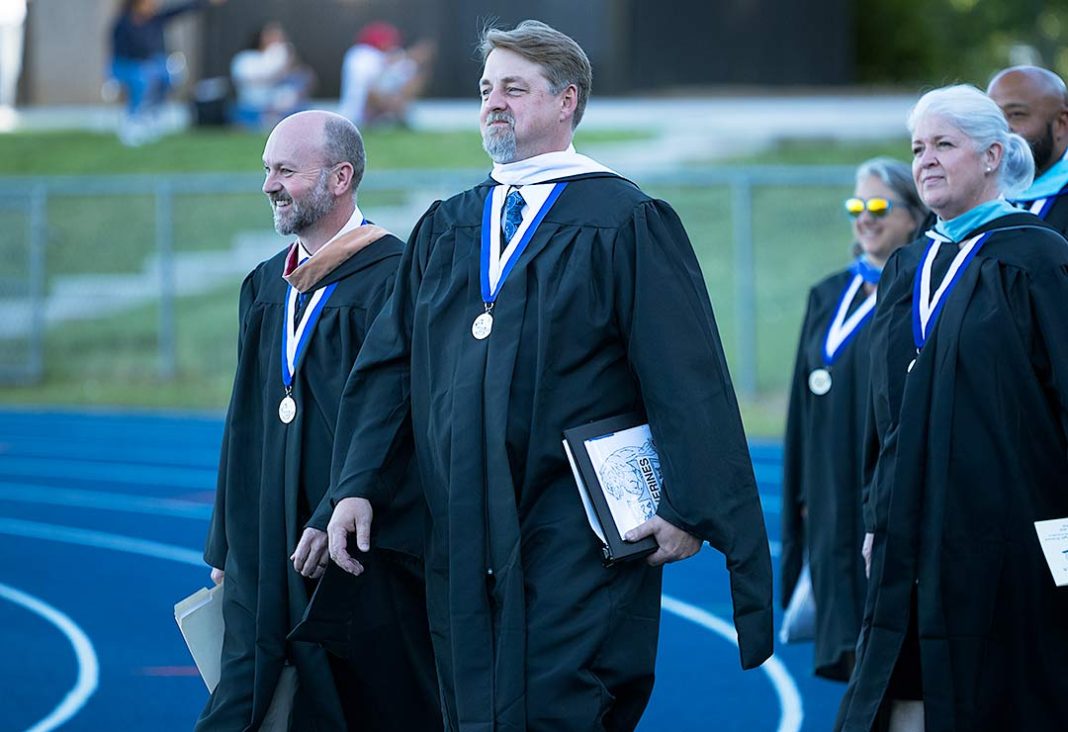Education a top priority for Lanier Library’s founders
Published 10:00 pm Wednesday, March 4, 2015
Lanier Library Celebrates 125 Years
By Gina Malone
Within its first decade as an institution, the Lanier Club had already pegged education as a priority. A talk given during an early meeting was called, “What Can Be Done for the Public School in Tryon?”
Some club members were former teachers; most were educated women who knew the value of education whether they were volunteering for Moonlight Schools, organizing public lectures on various topics or prodding school officials to improve the local schools.
As has been noted, these were ladies accustomed to accomplishing what they deemed necessary, often to the exasperation of those around them. “…[S]ome of the principals,” notes from 1911 to 1914 say, “disliked the interference of the ladies; one even referred to them as ‘old hens.’”
In those days, Tryon School, not under state control, was poorly funded. The school was located in the building that today houses Town Hall. In early days, runoff from the hillside behind the building caused the basement to flood with, at times, three feet of water. When that happened, the basement toilet could not be used and the furnace fire was doused. “…[T]he children often had to sit in a cold, damp building,” notes say. A lack of public concern on the whole led to one minister’s stating that these conditions were not worrisome since “children were warm blooded and the sun warmed up everything after awhile….”
Club members, however, some mothers themselves, disagreed, and efforts were made to help with the heating situation and to provide the school with a piano, a music instructor and a sewing teacher, among other things.
Earlier the club had written to state officials attempting to have the school year lengthened from six months to a standard school year and to make attendance compulsory. At least one club member was known to provide clothes and books to invalidate two common excuses parents used for keeping children home from school.
By 1925, a Parent Teacher Association (PTA) relieved much of the burden from the club. Afterwards and throughout the years, members still maintained involvement by offering prizes for school competitions, organizing plays and hosting story hours.
A special membership fee for children was instituted, and children who could not afford memberships were often provided a card anyway. For many years, teachers were given complimentary memberships in hopes that they would encourage students to use the library as there was no public library in the county until 1967.
Moonlight Schools were often held in those days. Towns would sponsor these schools which provided classes for illiterate or poorly educated adults. The Lanier Club pledged support of the program and several members were among those who rode in horse-drawn wagons out into the country, often on moonlit nights, to conduct classes.
Before World War I, the club had petitioned the state to send a Home Economics Agent to the county to educate citizens about canning food and other domestic tasks and had paid the agent’s salary that first year. Later, when county commissioners decided to cut funding for the position, the ladies consulted with them, agreeing to raise half – about $300 – of the county’s portion of funds necessary for the allotment of federal and state monies.
Throughout the years, lectures, readings and cultural events – some held during club meetings, but many open to the public – helped keep those who attended abreast of world events, literature, history and more. The list of presenters for these readings and performances reflects Tryon’s distinguished residents and visitors in those days.
Next week read about some of the well-known names who became involved with or visited the library from its earliest days.





